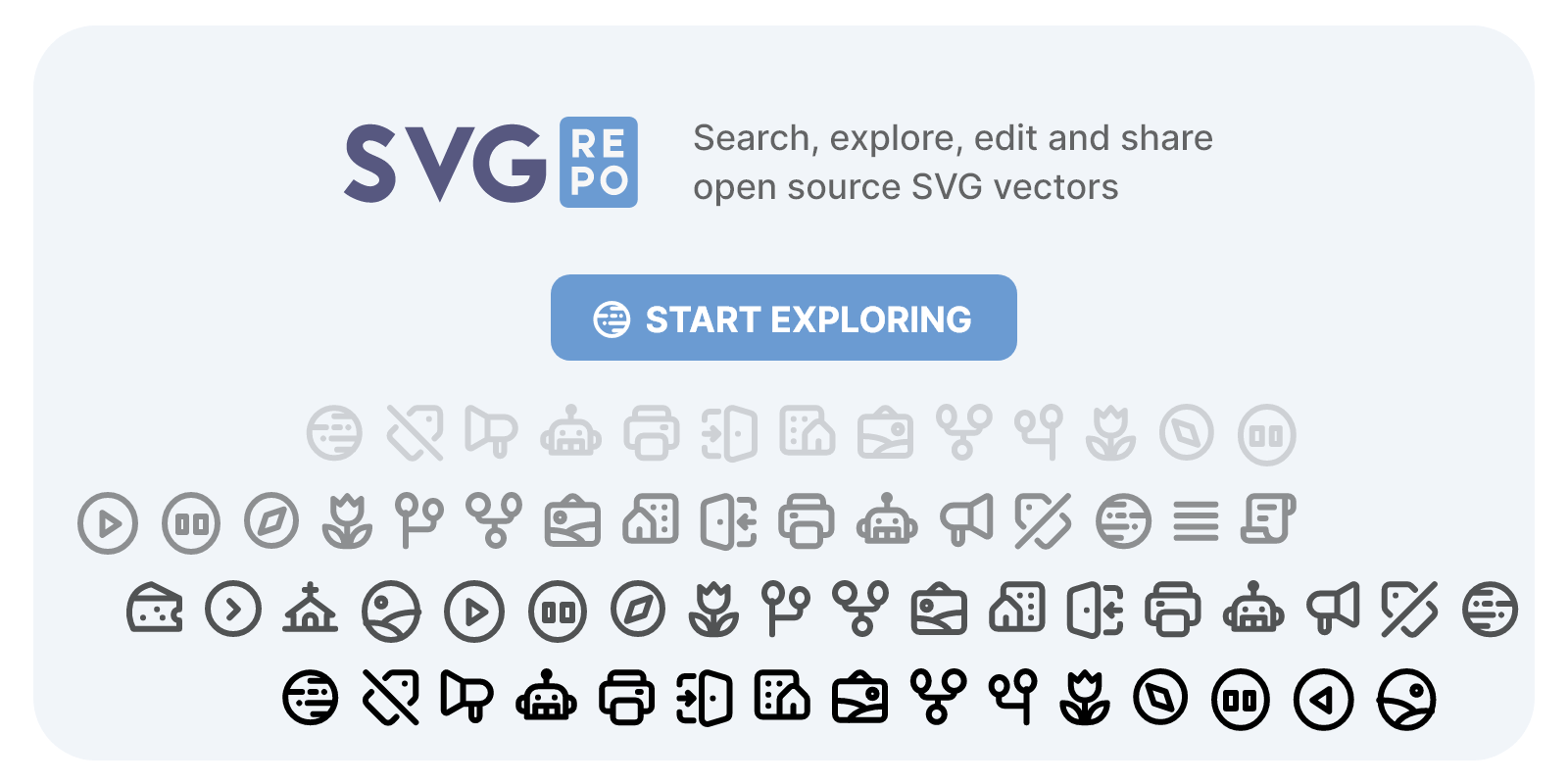Identify Emotions in Text
Overview
How to Use the Identify Emotions in Text Tool
The Identify Emotions in Text tool is an innovative AI-powered solution that analyzes text to detect and identify specific emotions. This powerful tool helps content creators, marketers, and researchers understand the emotional undertones in written content, providing valuable insights for content optimization, customer feedback analysis, and social media monitoring.
Step-by-Step Guide to Using Identify Emotions in Text
1. Prepare Your Emotion List
Start by creating your list of emotions you want to detect. The tool comes with a default list including common emotions like Admiration, Amusement, and Anger, but you can customize this list based on your specific needs. Each emotion should be entered on a separate line for proper formatting.
2. Input Your Text
Enter the text you want to analyze. This can be anything from social media posts and customer reviews to email communications or marketing copy. The tool works with text of any length, though shorter, focused passages typically yield more precise results.
3. Submit for Analysis
Once you've entered both your emotion list and text, submit them for analysis. The tool will process your input through several sophisticated steps:
- First, it formats your emotion list, adding numerical identifiers to each emotion for clear reference.
- Next, the AI model analyzes your text against the formatted emotion list, identifying matches and potential emotional undertones.
- Finally, the tool processes the results into a clear, readable format, presenting you with a list of identified emotions present in your text.
4. Review the Results
The tool will present you with a comprehensive list of emotions detected in your text. These results are presented in a clear, easy-to-understand format that helps you quickly grasp the emotional content of your writing.
Maximizing the Tool's Potential
To get the most value from the Identify Emotions in Text tool, consider these advanced usage strategies:
- Customize Your Emotion List: While the default emotion list is comprehensive, tailoring it to your specific needs can provide more relevant insights. For example, brand managers might focus on emotions related to customer satisfaction and loyalty.
- Batch Analysis: For larger projects, analyze multiple pieces of content to identify emotional patterns across your communications. This can be particularly valuable for maintaining consistent brand voice and emotional resonance.
- Iterative Testing: Use the tool to test different versions of your content, helping you fine-tune the emotional impact of your messaging for maximum effectiveness.
- Cross-Reference Results: Compare the emotional analysis results with your intended message to ensure your content is conveying the desired emotional tone and resonating with your target audience.
How an AI Agent might use this Emotion Analysis Tool
The Identify Emotions in Text tool represents a sophisticated advancement in emotional intelligence capabilities for AI agents, offering powerful applications across various domains. By analyzing text input against a customizable list of emotions, this tool provides nuanced emotional insights that can transform how AI agents understand and respond to human communication.
In customer service scenarios, AI agents can leverage this tool to detect customer sentiment in real-time conversations, enabling more empathetic and contextually appropriate responses. For instance, by identifying frustration or confusion in customer queries, the agent can adjust its communication style and prioritize responses accordingly, leading to more satisfactory customer interactions.
Content moderation becomes more sophisticated with this tool, as AI agents can analyze user-generated content for emotional undertones that might indicate harmful or inappropriate material. This is particularly valuable for maintaining healthy online communities and ensuring safe digital spaces.
Perhaps most innovatively, the tool can enhance AI agents' ability to perform sentiment analysis in market research. By processing customer reviews, social media posts, and feedback forms, agents can extract detailed emotional patterns that go beyond simple positive/negative classifications, providing businesses with deeper insights into customer experiences and brand perception.
These applications demonstrate how emotional intelligence tools can significantly enhance AI agents' ability to understand and respond to human emotions effectively.
Use Cases
Customer Experience Enhancement
The Identify Emotions in Text tool serves as a powerful asset for customer experience teams seeking to understand the emotional undertones in customer feedback. By analyzing support tickets, reviews, and survey responses, teams can uncover the deeper emotional context behind customer interactions. This granular understanding enables organizations to identify patterns in customer satisfaction and pain points, moving beyond simple sentiment analysis to a more nuanced comprehension of how customers truly feel. For instance, detecting emotions like frustration or confusion in support tickets can help prioritize responses and tailor communication strategies to better address customer needs.
Content Marketing Optimization
Content marketers can leverage this emotion analysis tool to fine-tune their messaging and ensure it resonates with their intended audience. By analyzing the emotional impact of their content before publication, marketers can verify whether their writing evokes the desired emotional response. This capability is particularly valuable when crafting sensitive communications or launching campaigns that aim to inspire specific feelings like trust or excitement. The tool's ability to detect multiple emotions simultaneously helps ensure that content strikes the right balance between professional authority and emotional engagement, leading to more effective communication strategies.
Social Media Intelligence
For social media managers and brand strategists, this tool provides crucial insights into the emotional landscape of social media conversations. By analyzing comments, mentions, and direct messages, teams can better understand the emotional reactions their brand generates online. This deep emotional analysis helps in crisis management by quickly identifying shifts in public sentiment, allowing for rapid response to emerging situations. Additionally, the tool's ability to detect nuanced emotions helps brands maintain authenticity in their social media presence by ensuring their responses align with the emotional context of conversations.
Benefits of Identify Emotions in Text
Enhanced Customer Understanding
The Identify Emotions in Text tool revolutionizes how businesses understand customer sentiment by providing granular emotional analysis of text data. Rather than relying on basic positive/negative sentiment analysis, this tool detects nuanced emotions like admiration, amusement, or frustration, enabling companies to truly understand the emotional journey of their customers through various touchpoints.
Customizable Emotion Detection
What sets this tool apart is its flexibility in emotion detection. Users can customize the specific emotions they want to identify, making it adaptable across different business contexts. Whether analyzing customer service interactions, social media feedback, or product reviews, the tool can be tailored to focus on the emotional indicators that matter most to your business objectives.
Actionable Emotional Intelligence
By transforming raw text into structured emotional insights, this tool provides actionable intelligence for business decision-making. The JSON output format makes it easy to integrate these emotional insights into existing analytics workflows, enabling organizations to track emotional trends over time and make data-driven improvements to their customer experience strategies.













.png/6f303b4c-da50-470e-883d-23c1fc217aa6.png)
















.png/49beebe0-5fe0-4102-9815-fa9b3267aca1.png)


